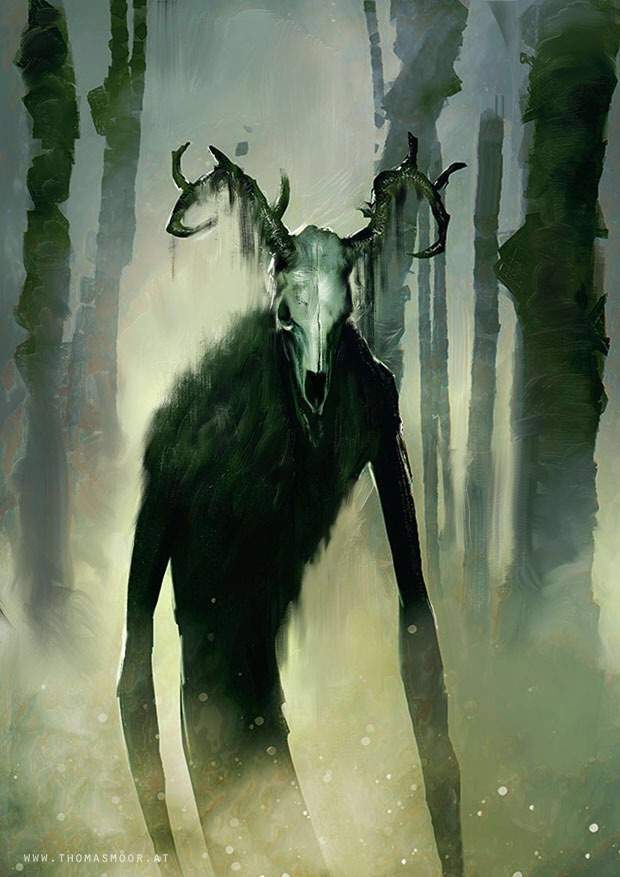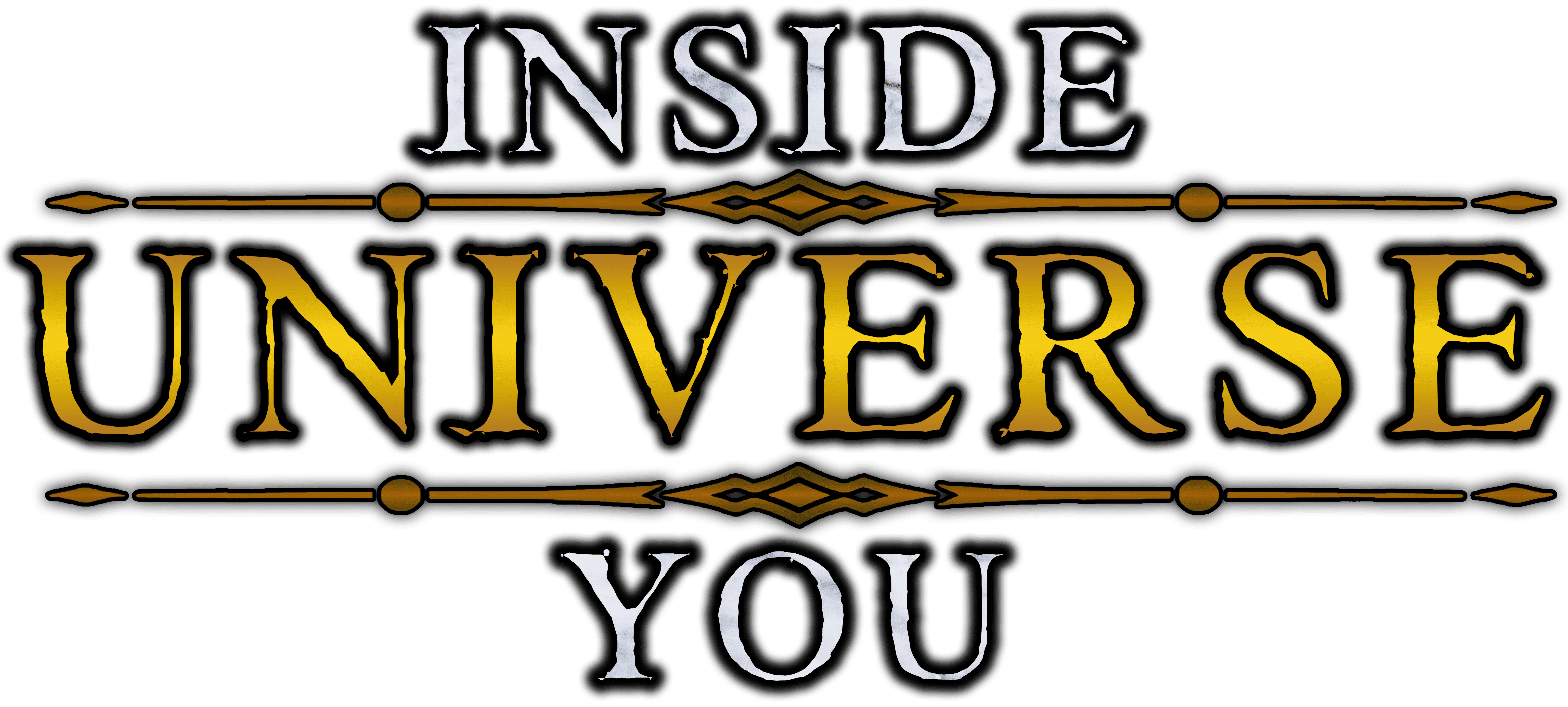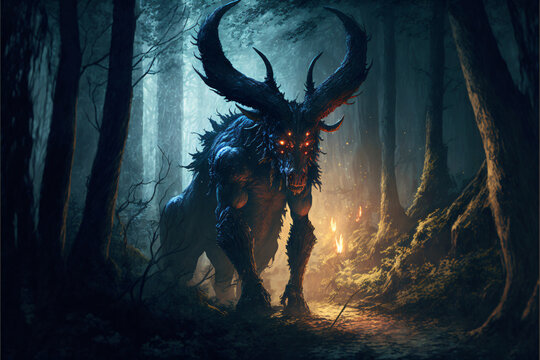Imagine a world where the ordinary mingles seamlessly with the extraordinary, where the line between reality and myth blurs, and where extraordinary creatures roam the realms of human imagination. In the tapestry of our global folklore, a mesmerizing array of mythical beings springs forth, each a testament to the rich diversity of human creativity, belief, and storytelling. In this creature exploration, we embark on a wondrous journey, uncovering the captivating tales and enigmatic legends that have given rise to mythical creatures from cultures across the world. From the powerful dragons of China to the mischievous kitsune of Japan, the fierce minotaurs of ancient Greece to the ethereal banshees of Ireland, join us as we traverse the globe to meet these fantastical beings, explore the cultural tapestries they inhabit, and delve into the timeless mysteries that continue to captivate our collective imagination.

Dragons – Guardians of the East
In the far east of our planet, the presence of dragons looms large, not as terrifying fire-breathers, but as revered symbols of power, wisdom, and good fortune. Chinese, Japanese, and Korean cultures all harbor their own unique interpretations of these majestic creatures.
The Celestial Dragons of China
In China, dragons hold a lofty position. Far from the menacing Western portrayal, they are benevolent creatures closely associated with emperors and imperial authority. The dragon dances of the Chinese New Year, the harmonious balance of yin and yang, and the revered dragon boat races all showcase the mighty influence of these celestial beings in Chinese culture.
The Kitsune of Japan
Across the sea in Japan, kitsune, or fox spirits, are mythical creatures known for their cunning and shape-shifting abilities. While they can bring both good and bad fortune, these enigmatic beings are deeply woven into Japanese folklore and are often associated with the Shinto deity, Inari.
Haesindang Park and the Haesindang Myth
In the coastal town of Samcheok, South Korea, you can find Haesindang Park, a unique destination that pays homage to a local legend involving a very different kind of mythical creature. This chapter delves into the curious and, at times, explicit story of the Haesindang myth and the intriguing park it inspired.
Minotaurs – Labyrinth of Legends
Venturing west to the sun-soaked lands of ancient Greece, we confront the formidable minotaur, a beastly fusion of man and bull. A product of labyrinthine myths, the minotaur embodies themes of both monstrosity and heroism.
The Cretan Labyrinth
At the heart of the minotaur’s legend is the Cretan Labyrinth, a maze designed by the genius craftsman Daedalus. Within its labyrinthine passages, King Minos of Crete imprisoned the minotaur, a creature born from a tragic twist of fate.
Theseus and the Labyrinth
The hero Theseus, armed with bravery and the guidance of Ariadne, ventured into the labyrinth to confront the minotaur. This legendary tale intertwines the concepts of valor, sacrifice, and the human struggle against seemingly insurmountable odds.
Banshees – Wailing Women of Ireland
Our next destination takes us to the mystical landscapes of Ireland, where the mournful cries of banshees have echoed through the ages. These ethereal figures are omens of death and harbingers of sorrow, yet they are deeply ingrained in Irish folklore.
The Banshee’s Lament
The banshee’s keening wail is a mournful sound that, according to Irish belief, signals an impending death. These supernatural beings, often depicted as women with long, flowing hair, are said to be protectors of certain families, linked to the ancient Tuatha Dé Danann.
The Mythical Landscape of Ireland
The verdant hills and misty valleys of Ireland form the backdrop for countless myths and legends. From the enchanting tales of leprechauns to the age-old legends of the Tuatha Dé Danann, the Irish mythical landscape is as captivating as the banshees themselves.
Thunderbirds – Native American Titans
From the windswept plains of North America to the towering peaks of the Rocky Mountains, the thunderbirds soar through the myths and legends of numerous Native American tribes. These majestic, avian deities are not merely symbols of storms and thunder but guardians of the natural world.
The Thunderbird in Native American Mythology
Various Native American tribes, including the Ojibwa, Ho-Chunk, and Lakota, share legends of the thunderbird. These colossal birds, with wingspans that could eclipse the sky, are revered as powerful beings capable of controlling the forces of nature.
The Mythic Beasts of North America
The thunderbird is just one of the many mystical creatures that inhabit Native American mythology. From the cunning coyote to the enigmatic Wendigo, this chapter delves into the rich tapestry of creatures that have shaped the spiritual and cultural narratives of indigenous peoples.
Kitsune – Shape-Shifting Fox Spirits
Returning to the Land of the Rising Sun, we encounter the kitsune once more. These cunning shape-shifters are icons of Japanese folklore, embodying the dual nature of good and evil.
Kitsune Types and Powers
Kitsune comes in different varieties, each with its unique powers and attributes. This chapter explores the distinctions between the zenko, the celestial, the yako, and the wild, kitsune, shedding light on their diverse abilities and intentions.
Kitsune in Pop Culture
The influence of kitsune extends beyond folklore and into modern pop culture. From literature to anime, video games to films, these fox spirits continue to capture the fascination of audiences worldwide.
Manticore – The Human-Eating Marvel
From the arid deserts of Persia, we unearth the legend of the manticore, a beast with the body of a lion, the tail of a scorpion, and the voracious appetite for human flesh.
The Persian Manticore
In Persian mythology, the manticore is a formidable and nightmarish creature. This chapter delves into the origins of the manticore, its portrayal in ancient texts, and its role in Persian storytelling.
The Global Spread of the Manticore
The manticore’s reputation extended far beyond Persia, infiltrating the folklore of diverse cultures. We’ll explore how this chimeric being found its way into the myths and legends of regions such as India and Europe.
Pegasus – The Winged Steed
The ancient Greeks take us to the sky, introducing us to the celestial Pegasus—a magnificent, winged horse born of the blood of the Gorgon Medusa.
Pegasus in Greek Mythology
Pegasus’ origin is closely intertwined with the story of Perseus and Medusa. His flight from the scene of Medusa’s beheading and his subsequent journey to the heavens make him a symbol of inspiration and transcendent beauty.
The Constellations of the Night Sky
Pegasus is not the only creature to grace the night sky. This chapter uncovers the celestial constellation, including other animals and mythological beings that have taken their place among the stars.
Chupacabra – Bloodsucking Beasts
Our final destination brings us to the Americas, where the elusive chupacabra haunts the dreams of those who dare to tread the night. These cryptids, known for draining the blood of livestock, have ignited controversy and intrigue across North and South America.
The Chupacabra’s Origins
The term “chupacabra” is a fusion of the Spanish words, “chupar” (to suck) and “cabra” (goat). This chapter unravels the mystery of the chupacabra’s birth and early sightings in Puerto Rico in the mid-1990s.
The Global Spread of Chupacabra Sightings
The chupacabra’s legacy extends far beyond its Puerto Rican origins, leading to alleged sightings and encounters in locations as diverse as the United States, Mexico, and Chile. We delve into these accounts and examine the cultural and scientific perspectives surrounding these enigmatic creatures.
The Unicorns of Myth and Reality
From the furthest reaches of antiquity to the modern world, the mythical unicorn has remained a symbol of purity and grace. Yet, these creatures have also blurred the lines between the realms of fact and fantasy.
Unicorns in Ancient Cultures
Unicorns are not a modern invention but are steeped in the mythology of ancient civilizations, including Mesopotamia, India, and Greece. This chapter takes you on a journey through time to explore the diverse cultural roots of the unicorn.
The Modern Unicorn: Fact or Fiction?
The quest to find the elusive unicorn has left a lasting imprint on the fields of science and zoology. This chapter investigates the persistent rumors, legends, and explorations that have sought to bridge the gap between myth and reality.
Conclusion: The Endless Tapestry of Myth
Our expedition through the world of mythical creatures has traversed vast landscapes, cultures, and epochs. From the revered dragons of China to the enchanting kitsune of Japan, the fearsome minotaurs of Greece to the mournful banshees of Ireland, the powerful thunderbirds of Native American lore to the clever chupacabra of the Americas, and the celestial Pegasus of ancient Greece to the enigmatic unicorn of world history, we’ve explored a rich tapestry of legends and lore. These mythical beings are more than fantastical creatures—they are reflections of human creativity, beliefs, and the universal yearning for enchantment and the unknown.
As we conclude our journey, we’re left with the knowledge that the world is a treasury of extraordinary stories, each a testament to the enduring power of human imagination and the profound connections we share through folklore. These mythical creatures, whether seen soaring through the heavens, lurking in the shadows, or gracing the pages of ancient texts, remind us that our world is not just a place of facts and figures but a realm of wonder, where the extraordinary is always one legend away.

